What is the Communication Model?
A communication model represents the process of transferring information from a sender (or source) to a receiver.
It provides a graphical representation of all the elements involved in communication, allowing for a more comprehensive understanding of how communication works.
For example, the most basic model is the linear model. In this case, the communication process begins with the sender, who encodes a message.
The message is then transferred through a channel (like speech, text, video, etc.) and reaches the receiver, who decodes the message. It's a simple one-way directional model, which doesn't consider feedback from the receiver.
Hence, communication models guide us in understanding, improving, and assessing communication processes.
Why are Communication Models Important?
Communication models play a crucial role in effective communication. They help us analyze and understand the complexity of communication, identify areas for improvement, and enhance our communication skills.
Let's explore their significance in more detail:
Effective Communication
Communication models provide a framework to ensure that our messages are clear, concise, and persuasive.
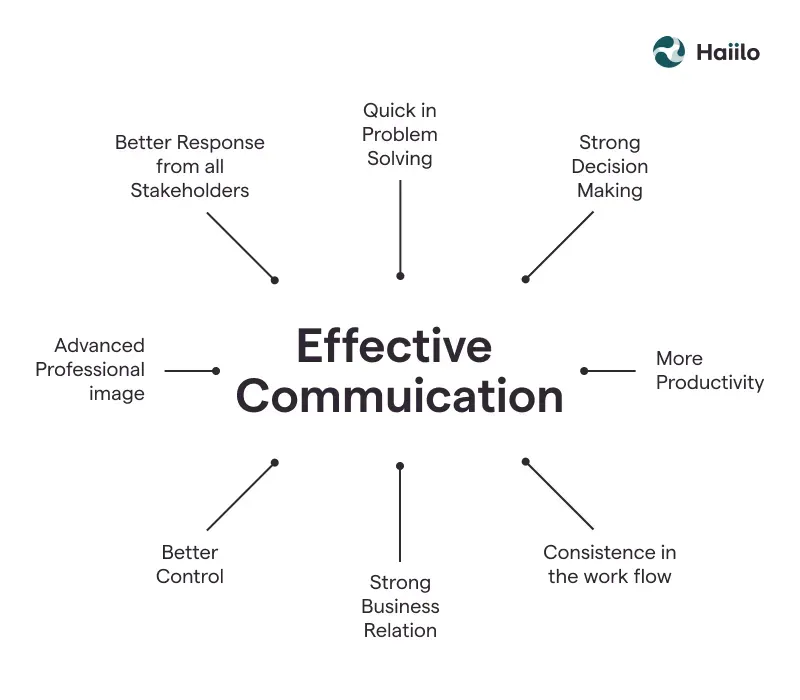
By understanding the various elements of the communication process, such as sender, receiver, message, channel, and feedback, we can communicate more effectively and avoid misunderstandings.
Analyzing Communication Problems
When communication breakdowns occur, communication models help us identify the root causes.
By examining the components of a model, such as noise, encoding, decoding, and context, we can pinpoint where the breakdown occurred and take steps to resolve it.
Enhancing Communication Skills
By studying communication models, we can enhance our communication skills. Models teach us about effective listening, non-verbal communication, active engagement, and adapting to our audience.
With regular practice, we can become more confident and proficient communicators.
Guiding Organizational Communication
.webp)
Communication models provide organizations with a structure for effective internal and external communication.
Models such as the linear, interactive, and transactional models help organizations plan, strategize, and implement communication campaigns, leading to smoother operations and better relationships with stakeholders.
Improving Message Design
Communication models assist in crafting messages that resonate with our intended audience.
By understanding message composition, framing, and channel selection, we can create powerful and impactful messages that leave a lasting impression.
Facilitating Interpersonal Communication
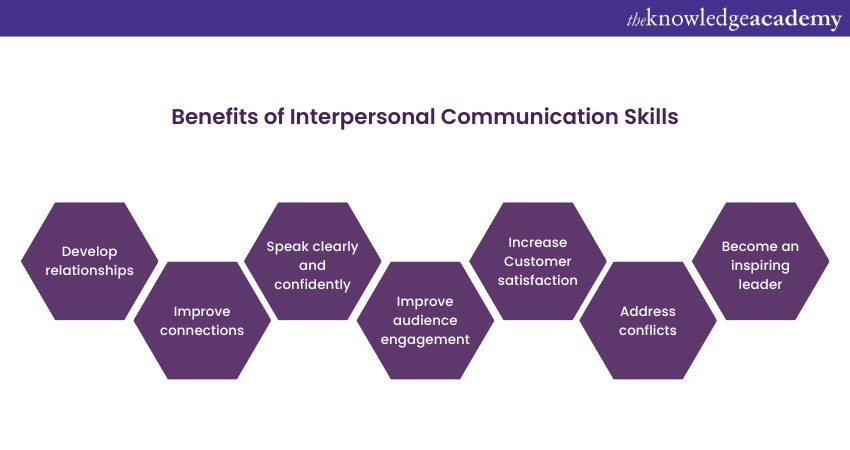
In one-on-one interactions, communication models guide us in understanding the dynamics between sender and receiver.
Models like the social exchange theory, attribution theory, and relational dialectics theory help us navigate complex human interactions, fostering healthier and more meaningful relationships.
Planning and Evaluating Communication Campaigns
Communication models provide a systematic approach to planning and evaluating communication campaigns.
Models like the Integrated Marketing Communication (IMC) model help organizations create cohesive and impactful campaigns by considering various communication channels and target audiences.
Suggested Reading:
5 Benefits of Adopting a Multi-Channel Communication Strategy
What are the Different Types of Models of Communication?
Communication models can be classified into various types based on their characteristics and applications. Let's explore a few of them:
Aristotle's Model of Communication
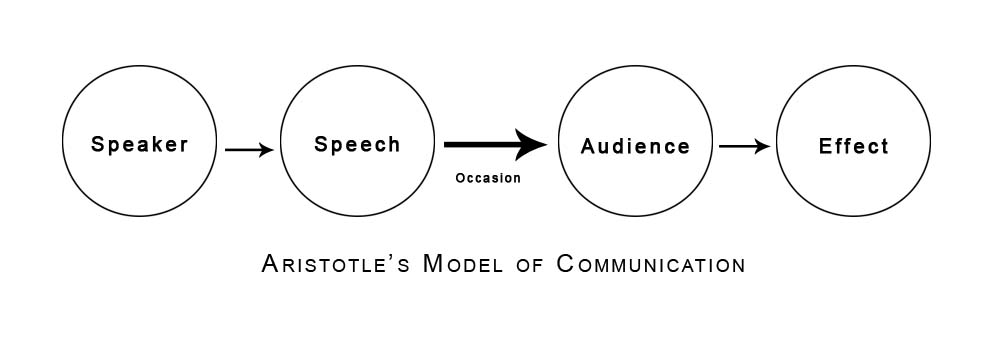
Originating from ancient Greece, this linear model highlights the roles of speaker, speech, occasion, effect, and audience in the communication process.
Shannon and Weaver's Model
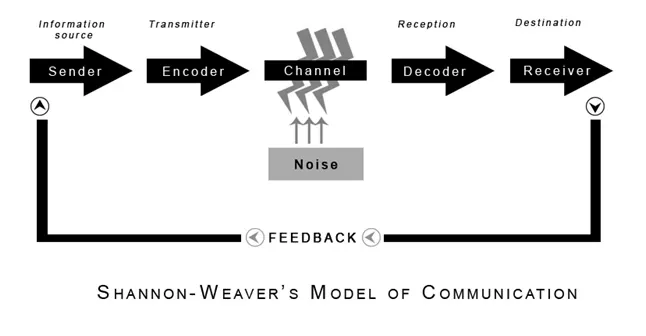
A foundational linear model encapsulating the concepts of information sender, message, channel, noise, receiver, and destination.
Osgood and Schramm's Circular Model
Emphasizing the coexistence of sender and receiver roles, this model focuses on a continuous feedback loop, emphasizing the interpretative analysis of received messages.
Barnlund's Transactional Model

A model that accounts for simultaneous communication, underlining the dynamic interactions with altering environment, message exchanges, and interpretation of meaning.
Berlo's SMCR Model
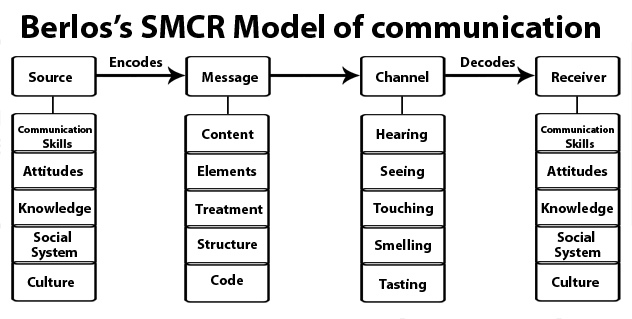
A communicative model founded on four pivotal components: Source, Message, Channel, and Receiver, examining factors that impact the effectiveness of communication.
Thill and Bovee's Model of Business Communication
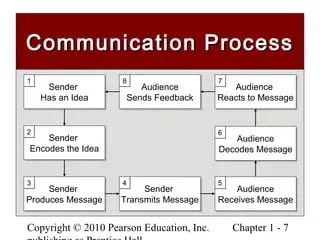
Addressing business communication, this circular model takes into account the goals, extrinsic and intrinsic stimuli, sender experience, and anticipated receiver response.
Westley and MacLean's Conceptual Model
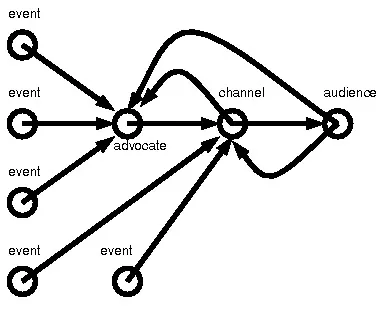
Aiding our understanding of mass communication, this model introduces the role of gatekeepers in filtering and shaping messages before they reach the wider audience.
Linear Communication Models
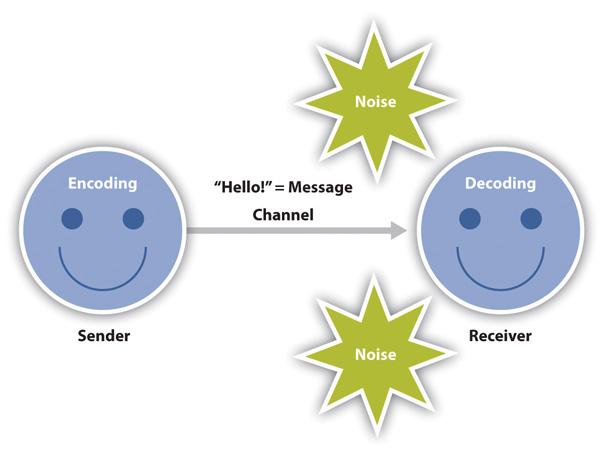
Linear communication models provide a fundamental understanding of how messages are transmitted in a one-way direction from a sender to a receiver.
These models depict communication as a linear process with little room for feedback or interaction. Let's explore the key features of influential linear communication models:
Aristotle's Model of Communication
One of the earliest communication models, formulated by the Greek philosopher Aristotle, focusing on the speaker's intent, message, and the audience's response.
Lasswell's Communication Model
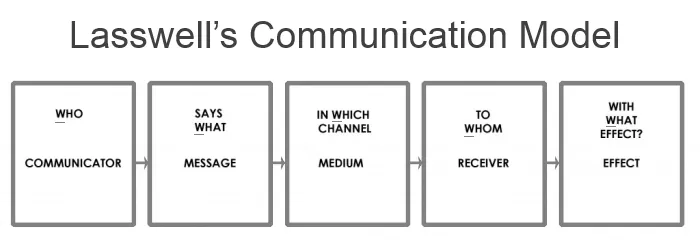
Formulated by Harold Lasswell, this model highlights five major components: Who (communicator), Says What (message), In Which Channel (medium), To Whom (receiver), With What Effect (effect).
Shannon-Weaver Model
Developed by Shannon & Weaver, this model pays more attention to the technical and mechanical aspects of communication, addressing components such as sender, encoder, channel, decoder, receiver, and noise.
Berlo's SMCR Model

David K. Berlo's SMCR Model stands for Source, Message, Channel, and Receiver – Four essential factors, examining their characteristics and their influence on the effectiveness of communication.
Newcomb’s Model
Theodore Newcomb's symmetric model includes a ‘reference’ factor. Here, the sender and receiver are connected through a concept, belief, or attitude acting as a common ground for establishing communication.
Each of these linear models provides a different perspective on the communication process, helping us understand its complex nature.
However, they are straightforward and fail to capture the complexities of contemporary interactive communication.
Interactive Communication Models
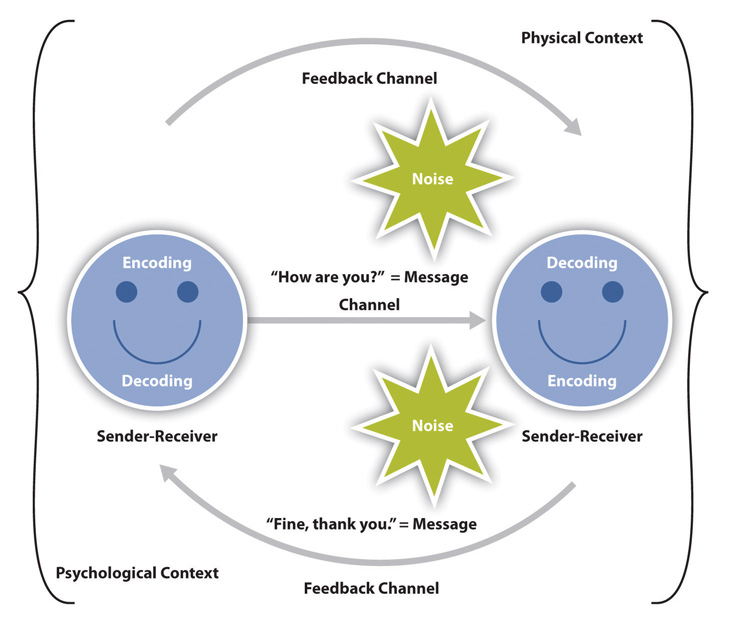
In this section, we will explore interactive communication models by focusing on five key aspects which distinguish them from other communication models.
Two-Way Process
Interactive communication models recognize that communication is a reciprocal process with senders and receivers actively exchanging roles.
Participants not only send messages but also listen and respond to what the other party communicates.
Feedback Mechanism
These models emphasize the importance of immediate feedback.
As messages are sent and received, participants provide responses or reactions to the information being exchanged, allowing both parties to assess understanding and adjust communication accordingly.
Emphasis on Context
Interactive communication models account for the influence of context in shaping communication.
Contextual elements such as social settings, cultural backgrounds, and individual experiences impact the way messages are encoded, decoded, and interpreted.
Multidimensional Barriers
These models offer a more comprehensive framework for identifying and accounting for barriers affecting communication.
Factors like noise, perceptual biases, language differences, and social dynamics can influence the effectiveness of the exchange between senders and receivers.
Examples of Interactive Communication Models
Interactive communication models such as the Schramm’s Interactive Model and the Osgood-Schramm Model illustrate how communication is multifaceted and emphasize both the ongoing exchange of information and the critical role feedback and context play in shaping the communication process.
By understanding the various aspects of interactive communication models, individuals and organizations can work towards improving communication effectiveness, ensuring clear and accurate exchange of ideas and information.
Transactional Communication Models
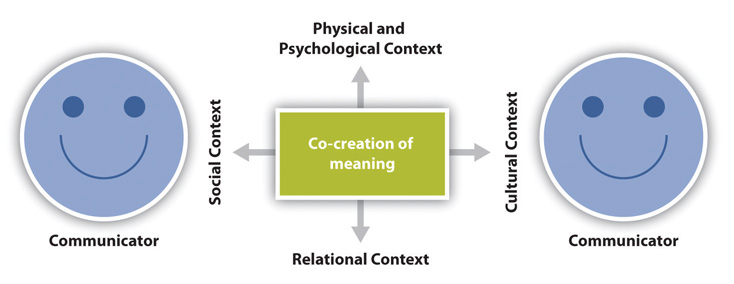
Transactional communication models veer away from the linear understanding of communication as just a sender and receiver exchanging information.
In these models, communication happens concurrently, disrupting the traditional one-way flow.
Both communicators are senders as well as receivers, constantly giving and getting feedback. The interactions are defined by mutual influence and the creation of shared meaning.
Barnlund's Transactional Model in Detail

Dean C. Barnlund introduced his model in 1970, situated in the backdrop of rising interest in interpersonal communication.
Barnlund's model positions the sender and receiver in multiple roles--creating, interpreting, and negotiating meaning simultaneously.
The model also emphasizes the crucial role of context, split into two types: psychological and environmental.
Psychological context refers to mood, emotions, and attitudes, while environmental context includes cultural factors and physical location.
Intricacies of Watzlawick’s Interactional Communication Model
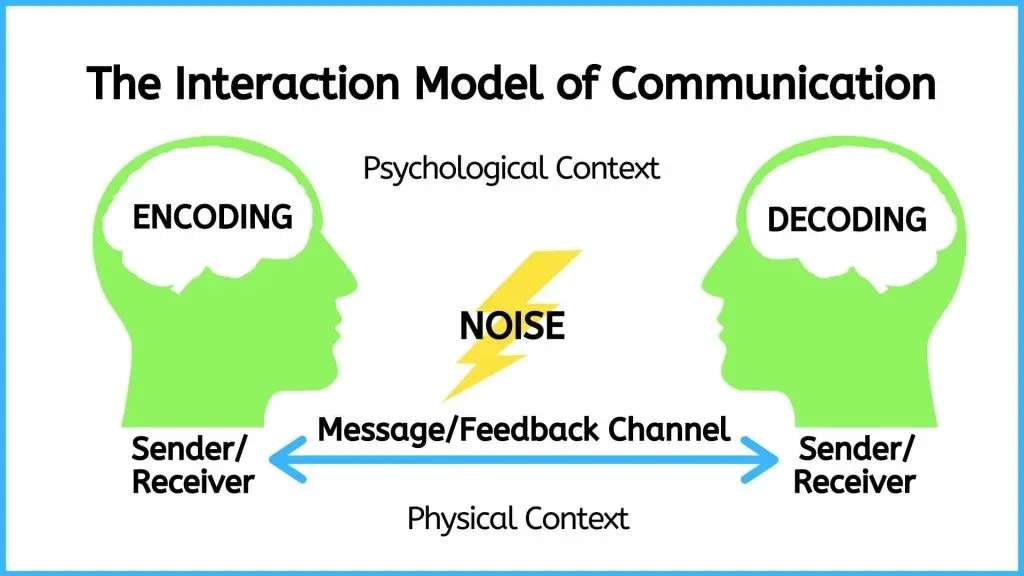
Proposed by Paul Watzlawick, this model homes in on two key aspects of communication: content and relationship.
The content aspect is the actual information or message, while the relationship aspect is the sentiment about the message based on nonverbal cues and context.
The interactional model underscores the fact that how something is said is as important as what's being said.
Wood’s Perspective on Transactional Communication

Julia T. Wood, a prominent communication theorist, likens transactional communication to a dance: an intricate interplay between the participants.
Like dancers, communicators dynamically adjust to their partners, reacting to their moves and cues.
This descriptive illustrates the simultaneous, responsive nature of transactional communication and highlights its fluid character.
Why Transactional Models Matter
Transactional communication models offer a more nuanced understanding of communication. They emphasize the simultaneous and interactive nature of communication, the importance of feedback, and the role of context.
They remind us that every interaction is a complex, dynamic process that involves the simultaneous sending and receiving of messages, making them invaluable tools for decoding and improving our communication processes.
Process of Encoding and Decoding in Communication Models

Effective communication involves both encoding and decoding processes. Let's explore them in more detail:
Encoding in Communication
Encoding is the process of transforming thoughts or information into a coded language. In terms of communication, the sender converts ideas into words, symbols or gestures that make up a message.
Diverse languages, symbols, gestures, or even tone of voice can be used as codes.
Decoding in Communication
Decoding is the reverse process of encoding where the receiver interprets the sender's message and tries to understand in the best possible way. Successful decoding means the receiver correctly understands the sender's intended message.
However, factors like the receiver's background, perceptual biases, or context can sometimes lead to misinterpretation or miscommunication.
Role of Medium
The medium is the channel through which the encoded message is transmitted. Different channels, such as face-to-face communication, written communication, digital messages, or even non-verbal cues, can add layers of meaning and potential disruption to the transmitted message.
The choice of medium can influence the encoding and decoding process.
Feedback and Noise
Feedback is the receiver's response to the sender's message. It indicates whether the message was successfully decoded and understood. Feedback can be direct (e.g., verbal response) or indirect (e.g., non-verbal cues).
Noise, on the other hand, can be any interruption that prevents the message from being accurately received and interpreted.
Noise can occur at any point in the communication process and can distort the message or even prevent its receipt.
Importance of Encoding and Decoding

Encoding and decoding form the basis of communication—the ability to convey and understand messages. Accurate encoding and effective decoding are vital to clear, effective communication.
Misunderstandings or errors in this process can lead to communication breakdowns or conflicts.
Monitoring and improving these processes can enhance communication effectiveness across various domains, from personal interactions to professional exchanges.
Frequently Asked Questions (FAQs)
Why are communication models important?
Communication models help us analyze and solve communication problems, enhance communication skills, guide organizational communication, improve message design, facilitate interpersonal communication, and plan and evaluate communication campaigns.
How many types of communication models are there?
There are several types of communication models, including linear, interactive, and transactional models, as well as models that focus on specific aspects of communication such as cognitive, cultural, and mediated communication.
What is the encoding-decoding process in communication models?
The encoding-decoding process involves translating the sender's message into codes and symbols (encoding) and interpreting the message based on past experiences, attitudes, and beliefs (decoding).
What is the main difference between linear and interactive communication models?
Linear models focus on one-way message transmission, while interactive models emphasize two-way communication with feedback.
Interactive models, like the transactional model, take into account feedback, context, and simultaneous sending and receiving of messages.

